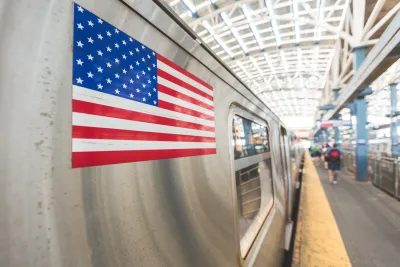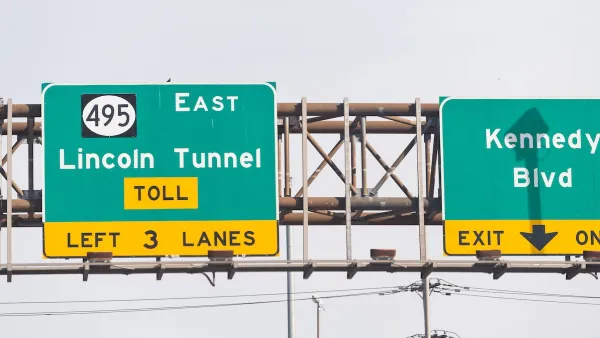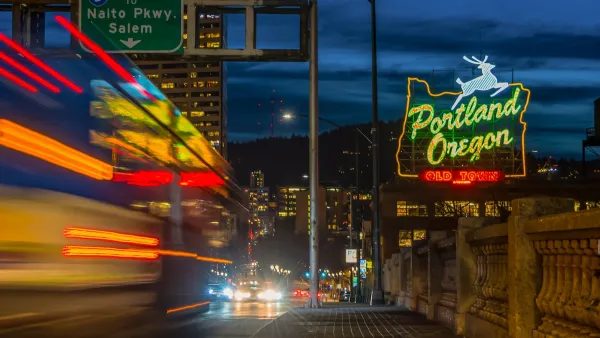A number of factors explain the partisan divide in support for transit.

Writing in Governing, Jared Brey examines the partisan divide over public transit. “It’s not a perfect partisan divide — transit investments have Republican supporters and Democratic detractors — but it’s been a feature of transportation planning going back decades.”
As Brey explains, “The reason for it has as much to do with geography as politics,” with support for transit largely splitting along rural-urban lines. “Republicans may also be less receptive to environmental arguments in favor of public transit than Democrats. But the ideological lines are messy: Advocates often point out that transit service gives people more choices for how to get around, while roads designed for private vehicles require huge public investments, too.”
Meanwhile, rural voters are unlikely to support state-level investments in public transit that primarily serves rural areas. “But it isn’t just a disinterest in big-city issues that makes transit a tough sell for rural legislators.” Rural communities have a harder time raising the matching funds needed for many state and federal grants, and rural transit — which can be a lifeline for many residents — is rarely cost-effective.
FULL STORY: What Drives Republican Opposition to Transit?

National Parks Layoffs Will Cause Communities to Lose Billions
Thousands of essential park workers were laid off this week, just before the busy spring break season.

Retro-silient?: America’s First “Eco-burb,” The Woodlands Turns 50
A master-planned community north of Houston offers lessons on green infrastructure and resilient design, but falls short of its founder’s lofty affordability and walkability goals.

Delivering for America Plan Will Downgrade Mail Service in at Least 49.5 Percent of Zip Codes
Republican and Democrat lawmakers criticize the plan for its disproportionate negative impact on rural communities.

Test News Post 1
This is a summary

Test News Headline 46
Test for the image on the front page.

Balancing Bombs and Butterflies: How the National Guard Protects a Rare Species
The National Guard at Fort Indiantown Gap uses GIS technology and land management strategies to balance military training with conservation efforts, ensuring the survival of the rare eastern regal fritillary butterfly.
Urban Design for Planners 1: Software Tools
This six-course series explores essential urban design concepts using open source software and equips planners with the tools they need to participate fully in the urban design process.
Planning for Universal Design
Learn the tools for implementing Universal Design in planning regulations.
EMC Planning Group, Inc.
Planetizen
Planetizen
Mpact (formerly Rail~Volution)
Great Falls Development Authority, Inc.
HUDs Office of Policy Development and Research
NYU Wagner Graduate School of Public Service





























